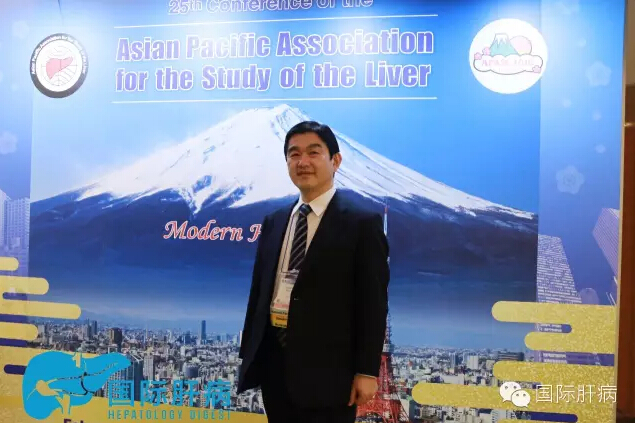


During the 25th session of the APASL, the Professor Shuichiro Shiina from the Department of Medicine ofJuntendoUniversityinTokyoinJapanreported the training plan of radiofrequency ablation (RFA) of the hospital in the session of Presidential Plenary, and shared his experience to use the RFA treatment of hepatocellular carcinoma (HCC) inJapan.
Although RFA has been used in the clinical application for many years as one of standard treatments for liver tumor, the efficacy of the method is largely determined by the ability of the surgeon. RFA technology and curative effect of different surgeons and different institutions are different. The institution of Professor Shiina is the research center with the largest quantity of RFA treatment. When he was interviewed by “International Hepatology”, Professor Shiina introduced, RFA treatment was began to carry out in 1999 inJapan. Because of the high rate of early diagnosis of HCC inJapan, up to 50% of HCC patients can receive RFA treatment, while the proportion of the newly diagnosed HCC received RFA treatment in his patients was up to 90%. In the past ten years, with the introduction of a variety of advanced assistive technologies, such as multiple modes fusion imaging, ultrasound contrast agent and the application of precision equipment and apparatus, the field of RFA has made great progress.
Professor Shiina said that, compared with the surgical procedure for the treatment of HCC, RFA has obvious advantages, “First, its trauma is small, especially for some special patients, for example, for > 85 years old elderly patients with advanced hepatic fibrosis or complicated with cardiopulmonary insufficiency, RFA treatment shall be considered preferably. Moreover, the RFA operation can be repeated for the recurrence of the patient, and only about 20% of the patients suffered from surgical operation can tolerate the surgery again. In our research center, almost 90% of the patients with recurrence can be treated with RFA again.”
RFA treatment has favorable effectiveness and safety. It shows by 10 years of RFA experience of the center, the tumors in about 99.4% of the patients were confirmed by CT to be completely cleared. In a follow-up study of 38.2 months, it indicated that, the 5 and 10 years survival rates were 60.2% and 27.3% respectively. On the other hand, Professor Shiina introduced, “in recent years, the incidence of the complications related to RFA treatment has decreased significantly, and among which, the incidence of the most common complication, bleeding (intraperitoneal hemorrhage or hemothorax) has been less than 0.5% at present.”